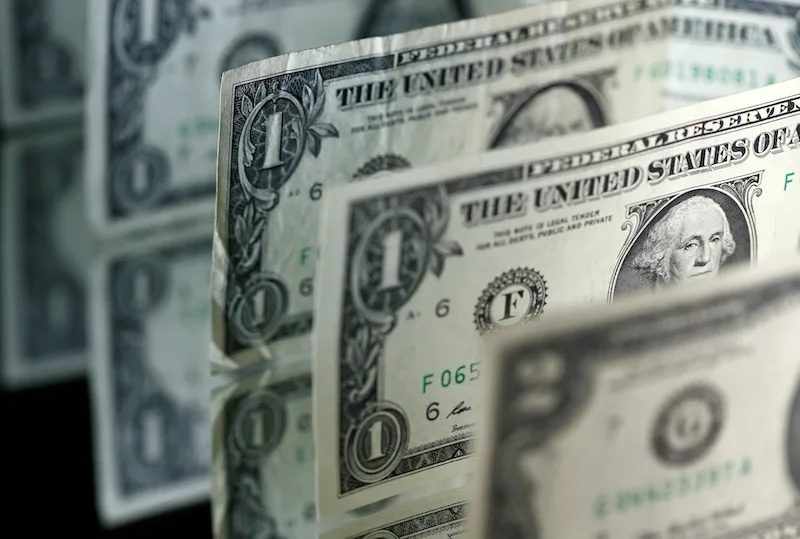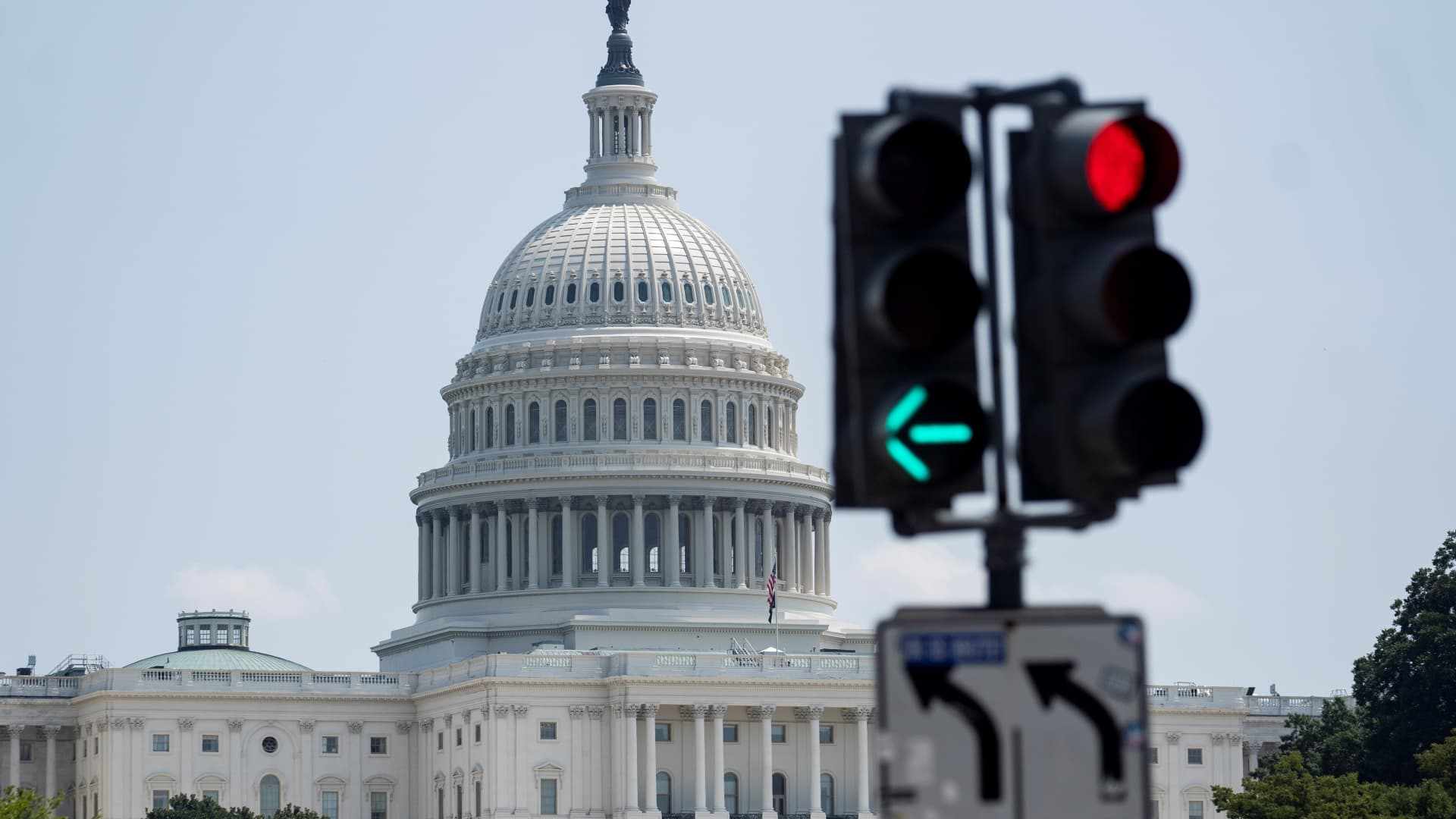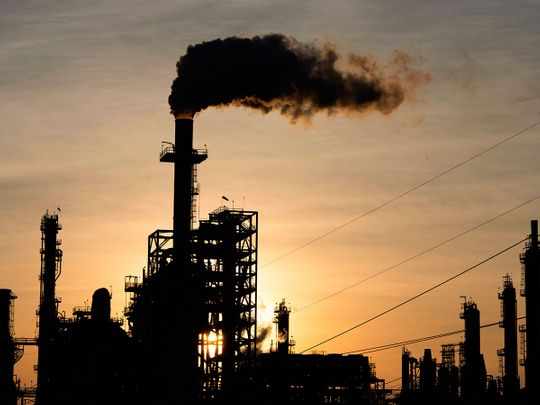The return of inflation in US and Western Europe
- Date: 29-Jan-2022
- Source: Zawya
- Sector:Financial Markets
- Country:Gulf
The return of inflation in US and Western Europe
Inflation was one of the landmark economic stories of the late 20th century. Mounting macroeconomic challenges in the 1960s led to the 1971 US decision to abandon the Bretton Woods standard and, along with oil market disruptions after 1973, unleashed the Great Inflation — an unprecedented price-wage spiral by postwar standards. US inflation peaked in 1980 at annual rate of 14.8 percent.
By the late 1970s, mounting discontent with rising prices had triggered a major shift in political and economic thinking. Governments led by Margaret Thatcher and Ronald Reagan led the way toward a new economic orthodoxy anchored in price stability. After painful recessions, the battle against inflation was won and, by the second half of the 1980s, US prices were increasing at an average of just 3.5 percent per year.
The past year has given rise to an environment reminiscent of the 1970s. After a major deflationary shock in 2020, several factors conspired to push US inflation to 7 percent as of December — a reading last seen in 1982.
A similar dynamic is playing out in Western Europe. These spikes seem to involve “cost-push” impulses caused by supply chain and labor market disruptions around the world caused by COVID-19. Simultaneously, policymakers























